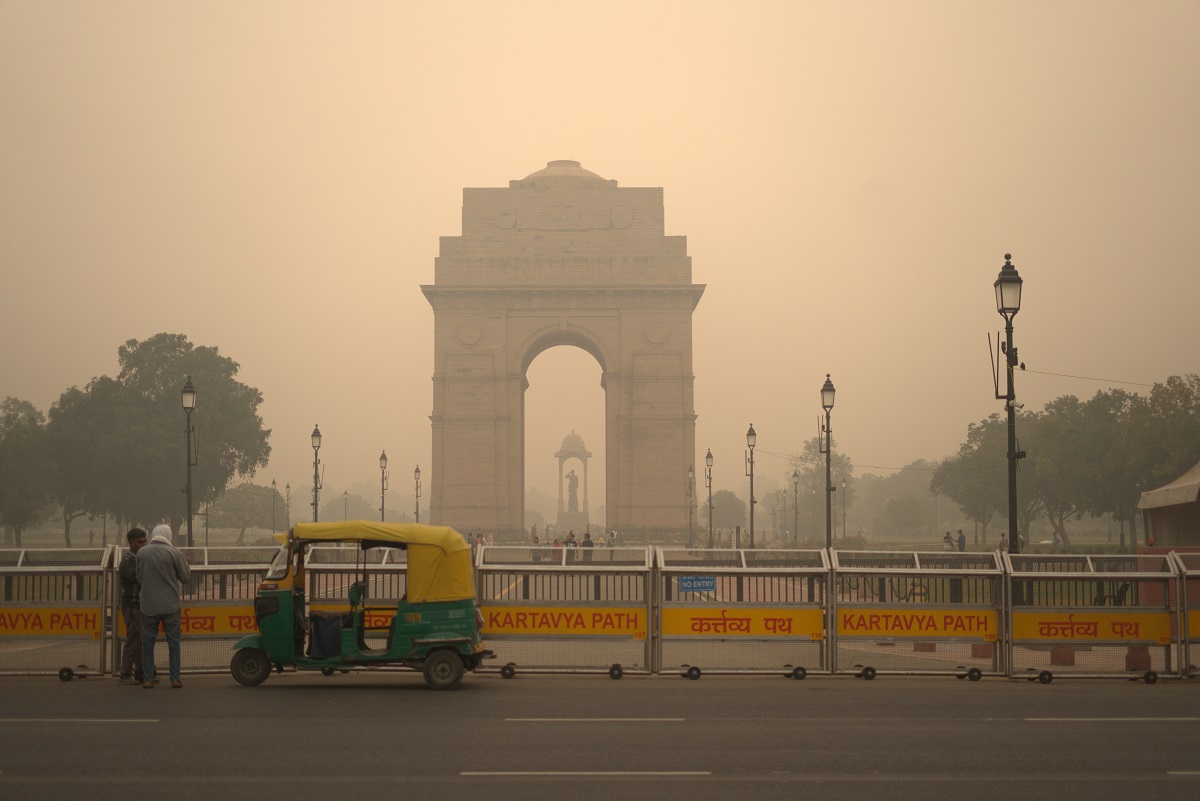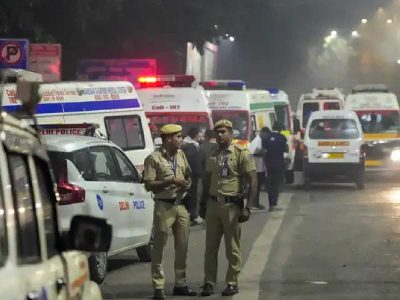Delhi’s air quality on Saturday morning remained in the “severe” category, marking a concerning trend for November. Monitoring agencies are anticipating a shift in meteorological conditions due to a western disturbance, potentially offering respite starting Sunday.
Should the average air quality index stay above the 400-mark by the end of the day, this would mark the 11th severe air quality day in November for Delhi. Last year, the city experienced only three severe air quality days in November, a notable difference compared to the current scenario. Conversely, in 2021, Delhi faced 12 such days, which stands as the highest recorded in the month since monitoring commenced by the Central Pollution Control Board (CPCB).
The historical data from CPCB highlights varying severity levels in past Novembers: nine days in 2020, seven days in 2019, five days in 2018, seven days in 2017, ten days in 2016, and six days in 2015.
Delhi’s air quality plummeted to ‘severe’ again on Friday due to a decline in minimum temperatures and sluggish nighttime wind speeds, allowing pollutants to accumulate.
At 8 am, the city registered an Air Quality Index (AQI) of 421.
A scientist from the India Meteorological Department (IMD) has forecasted a temporary improvement in meteorological conditions due to the influence of an approaching western disturbance, expected to impact northwest India starting Sunday.
Delhi has observed a gradual escalation in AQI levels subsequent to a minor improvement noted last Sunday.
The 24-hour average AQI, measured at 4 pm daily, demonstrated a consistent rise: 415 on Friday, 390 on Thursday, 394 on Wednesday, 365 on Tuesday, 348 on Monday, and 301 on Sunday (November 19).
The escalation in AQI levels follows the Centre’s decision last Saturday to ease stringent restrictions, including lifting the ban on construction work related to linear projects and the entry of polluting trucks in Delhi. This relaxation was initiated following a decline in pollution levels attributed to favourable wind speed and direction.
Meanwhile, neighbouring areas such as Ghaziabad (424), Gurugram (345), Greater Noida (398), Noida (393), and Faridabad (426) also documented ‘very poor’ to ‘severe’ air quality levels on Saturday.
As per a joint initiative by the Delhi government and the Indian Institute of Technology (IIT) Kanpur, biomass burning emerged as the primary contributor, accounting for 51 percent of Delhi’s air pollution on Friday. Vehicular emissions were responsible for approximately 31 percent of the capital’s air pollution on the previous day.
Delhi’s Environment Minister, Gopal Rai, has instructed relevant agencies and departments to ensure strict enforcement of measures targeting polluting vehicles and to address the increasing incidents of biomass burning. (With inputs from PTI)





